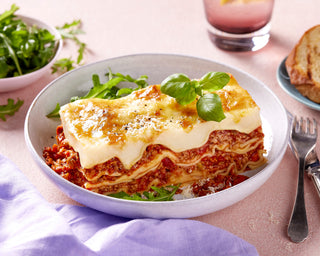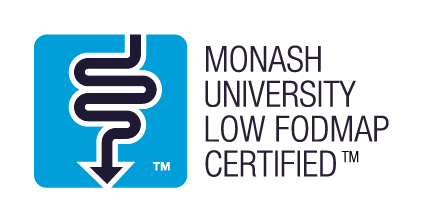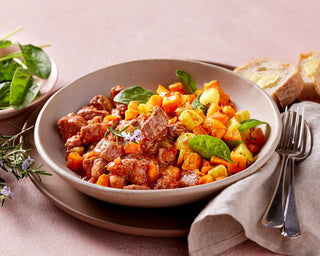
‘Don’t eat chicken, it’s full of hormones and is bad for you’ is just one of the fear-provoking, face-palm-inducing comments I’ve overheard when this topic gets brought up. So of course, as a nutritionist, my curiosity got the better of me & I decided to sit down and and deep dive in to the question: is there merit to this claim or do some people need to calm their farm about this whole issue?
What are Hormonal Growth Promotants?
First things first! What are we actually talking about here? Hormonal growth promotants (HGP) are chemicals that are naturally occurring in humans and in animals. They are released into the bloodstream and can control body functions including growth, development and reproduction. Certain hormones in the food supply can make young animals gain weight, reducing the amount of feed given before slaughter, or for milking-cows, increase milk production overall.
Hormone-Free Chicken
HGP have been banned in the chicken industry for decades! Yep, you read that right, decades.
Before the ban, a synthetic form of oestrogen was used commercially to augment growth hormones to preferentially increase nutrient distribution to muscles. However, to be effective, injections would be required several times throughout the day leading to logistical issues but more importantly, they also caused leg problems and even early death. Fortunately, advancements in genetic breeding programs, nutritional requirements of feed types and a better understanding of the kind of environment a chook needs, it ruled out the need to administer hormones as rapid growth rates were still achieved by investing in their environment, welfare and breeding instead.
What about Beef?
Sex hormones like oestrogen and testosterone have been safely used in the cattle industry for over 30 years. These accelerate the growth of the cattle bringing them into the market earlier and are in approximately 40% of Australian cattle. Before you jump to conclusions, rest assured, this is closely, and I mean closely regulated by the Australian Pesticides and Veterinary Medicines Authority (APVMA) so that they are safe for you and I, safe for the animals and do what they are intended for. In fact, in their last national survey, 100% of Australian beef were compliant with Australian standards. But if you’re still not convinced, according to a European Federation of Animal Health, you’d have to eat more than 77kg of HGP-fed beef in the one sitting to get the same level of oestrogen you’d find in one egg. In addition to the extra moolah that gets generated, HGP-fed cattle are also said to ‘taste cleaner’ with their reduced fat marbling and increased connective tissue muscle. Of course, this also means that the texture may be more tough and less tender. But if its texture that’s bugging you, you’re better off referring to Meat Standards Australia (MSA) grading systems to give you an indication on marbling, meat and fat colour and other characteristics. Aside from quality differences, nutritionally speaking, there’s not much difference between the two, instead opt for grass-fed beef that research has shown to have improved omega-6 to omega-3 fatty acid ratios compared to conventional beef.
Conclusion
In summary,
- HGPs have been banned in the chicken industry for decades
- Around 40% of Australian Cattle is treated with HGP
- Of the 40%, 100% were compliant with the FSANZ regulations.
- You’d have to eat huge amounts of HGP-fed beef to even get the same amount of oestrogen found in one egg.
- Lastly, don’t believe everything you hear, do your research and take everything with a grain of salt.












